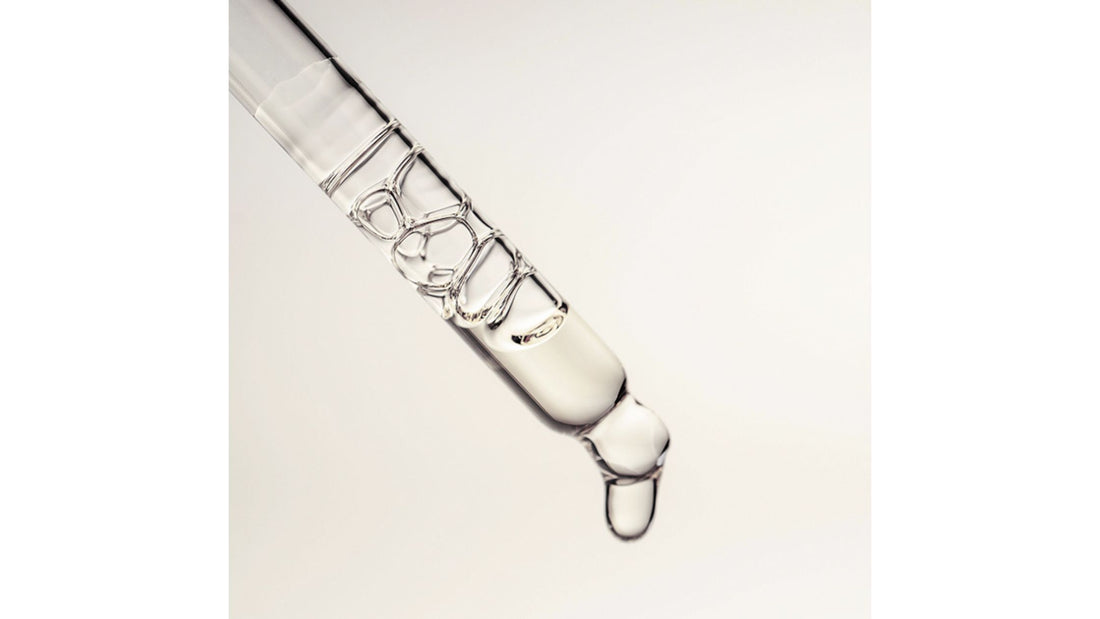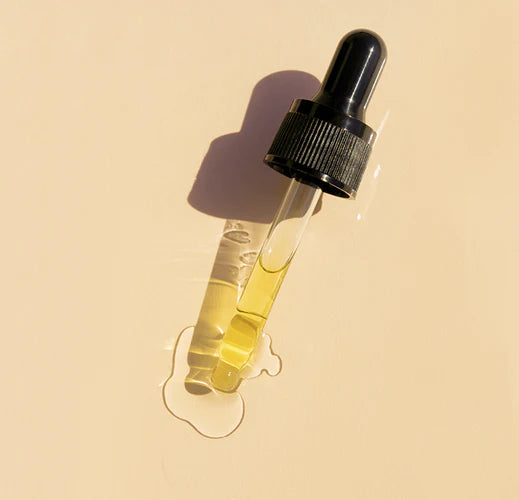What is it?
Niacinamide belongs to the family of the B vitamins. It is essential in the diet and is contained in many foods. Niacinamide is also known as Vitamin B3. It was recognised in the early 20th century as the vitamin that prevents pellegra, an epidemic disease with severe cutaneous lesions and was originally named vitamin PP for pellegra-preventive. During the 1970s various clinical trials highlighted the good skin penetration of niacinamide and since then scientists have been increasingly interested in exploring the topical effects of niacinamide and its application within skin care.
What does it do?

• Improvement of skin moisturisation. Skin softness, suppleness and skin hydration are related to the barrier properties of the horny layer. It’s known that several lipids such as fatty acids and ceramides are critical for the structural and functional integrity of the stratum corneum. The skin barrier function can be assessed by transepidermal water loss (TEWL) measurements. A study conducted in 2000 showed that 2% niacinamide reduced the TEWL by 24% in 4 weeks. At the same time, fatty acids and ceramides were boosted by 67% and 34%, respectively.

• Improvement in the appearance of ageing skin. Skin ageing is characterised by major skin changes like reduced skin elasticity, poorer structure and appearance of wrinkles. An important factor is the gradual loss of collagen and elastin fibers synthesised in fibroblasts. A recommended strategy in preventing skin ageing is to reduce collagen breakdown, while increasing fibroblasts. Studies with human fibroblasts showed that niacinamide stimulates new fibroblasts by 20% and collagen secretion by 54%.

• Helps impart a more even-looking skin tone. Extended exposure to sun light is a main reason for hyperpigmentation. Melanocytes in deeper skin layers produce melanosomes that contain the pigment melanin. These are then released to keratinocytes that move upwards to the upper epidermis. Niacinamide does not inhibit the production of melanin but it was shown in 2002 that niacinamide inhibits the transfer of the melanosomes to the surrounding keratinocytes by up to 68%. The scientists used a keratinocyte/ melanocyte co-culture model. A clinical trial with volunteers confirmed the skin lightening activity. They had applied a skin cream with 5% niacinamide for 8 weeks. Age spots around the eye and cheek were significantly reduced.
The multiple beneficial effects of Niacinamide on the skin make it an excellent ingredient for all daily skin care formulations (particularly dry and sensitive skin), creams which help to reduce the appearance of wrinkles (such as night creams), and products which are aimed at helping skin tone.
Where to Find It?
We love the amazing results of Niacinamide that we have added it to several of our skincare formulas, such as H2 Glow, Bedtime Beauty Boost, Nutri-Active Day Cream and Eye Wonder. To see the full list of products, please click here.




